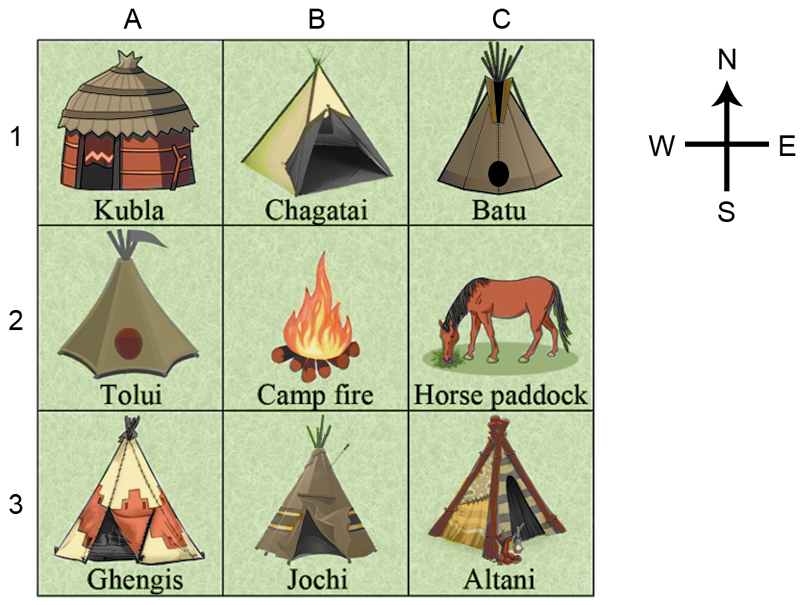Senior students at a school choose one elective activity in each of the four terms in 2018.
Their choices are communication (`C`), investigation (`I`), problem-solving (`P`) and service (`S`).
The transition matrix `T` shows the way in which senior students are expected to change their choice of elective activity from term to term.
`{:(qquadqquadqquadqquadquadtext(this term)),(qquadqquadqquad\ CqquadquadIqquadquadPqquad\ S),(T = [(0.4,0.2,0.3,0.1),(0.2,0.4,0.1,0.3),(0.2,0.3,0.3,0.4),(0.2,0.1,0.3,0.2)]{:(C),(I),(P),(S):}qquadtext(next term)):}`
Let `S_n` be the state matrix for the number of senior students expected to choose each elective activity in Term `n`.
For the given matrix `S_1`, a matrix rule that can be used to predict the number of senior students in each elective activity in Terms 2, 3 and 4 is
`S_1 = [(300),(200),(200),(300)],qquadS_(n + 1) = TS_n`
- How many senior students will not change their elective activity from Term 1 to Term 2? (1 mark)
--- 2 WORK AREA LINES (style=lined) ---
- Complete `S_2`, the state matrix for Term 2, below. (1 mark)
--- 3 WORK AREA LINES (style=lined) ---
- Of the senior students expected to choose investigation (`I`) in Term 3, what percentage chose service (`S`) in Term 2? (2 marks)
--- 5 WORK AREA LINES (style=lined) ---
- What is the maximum number of senior students expected in investigation (`I`) at any time during 2018? (1 mark)
--- 3 WORK AREA LINES (style=lined) ---



